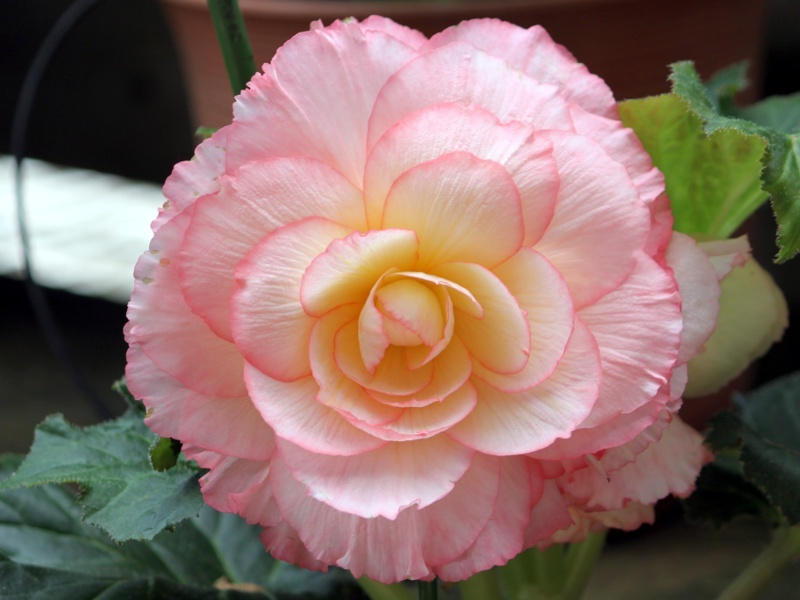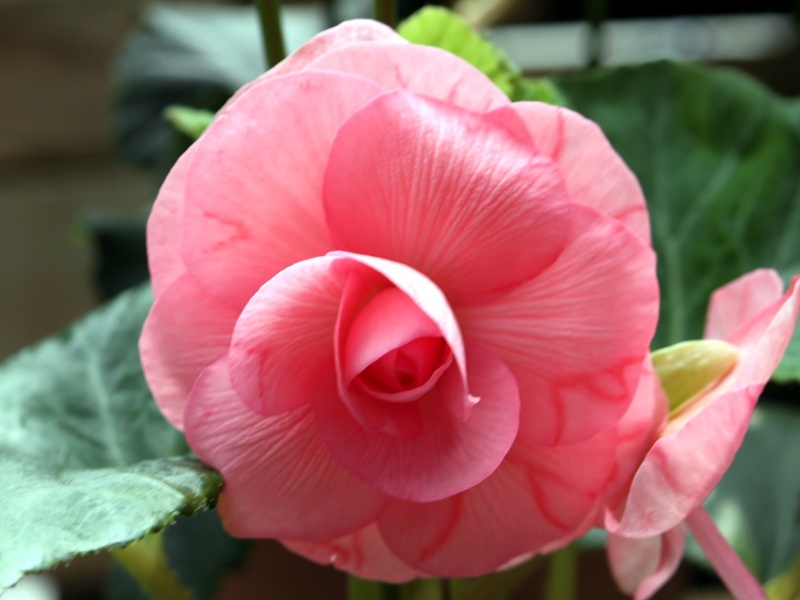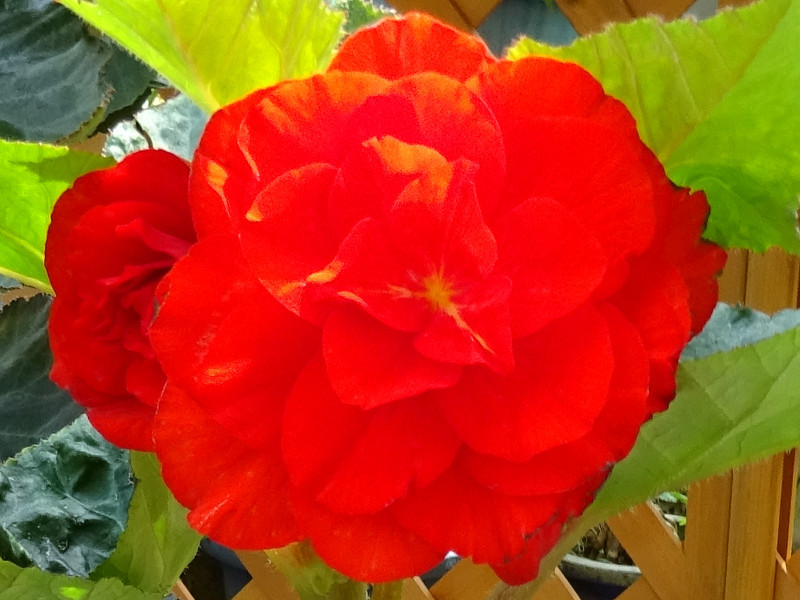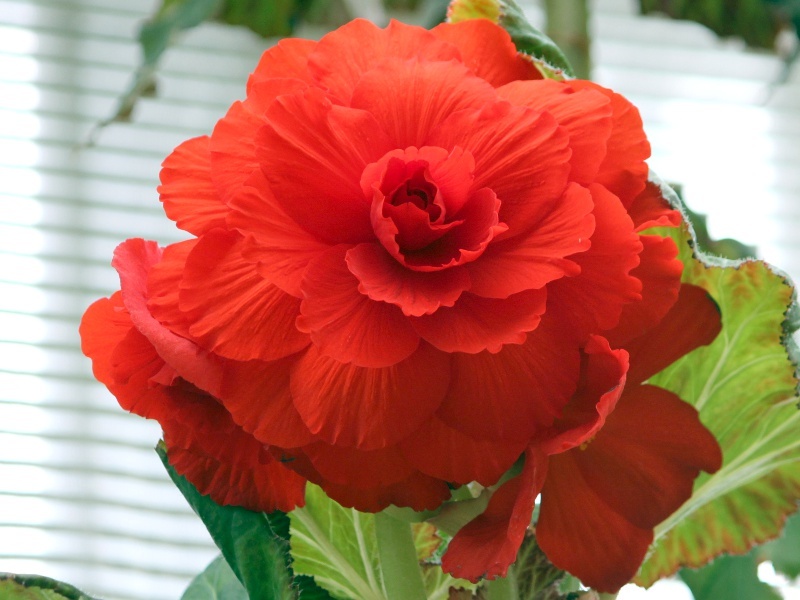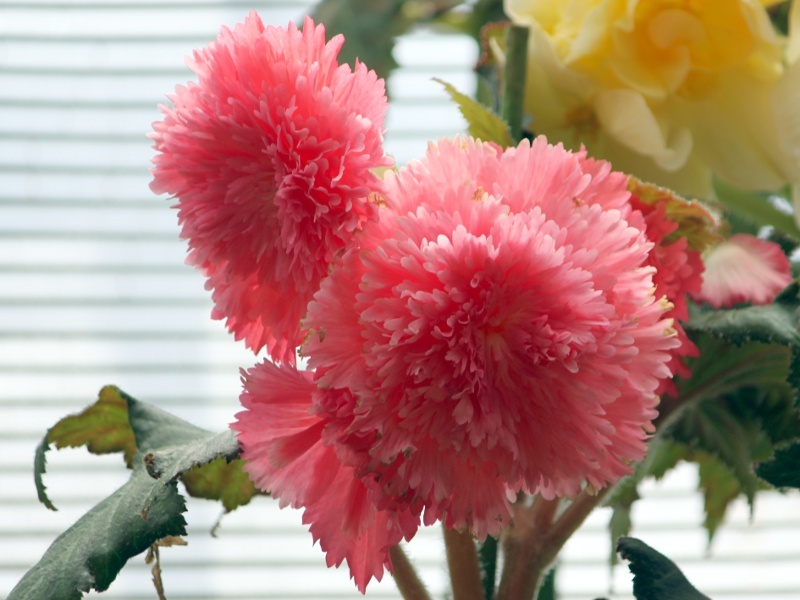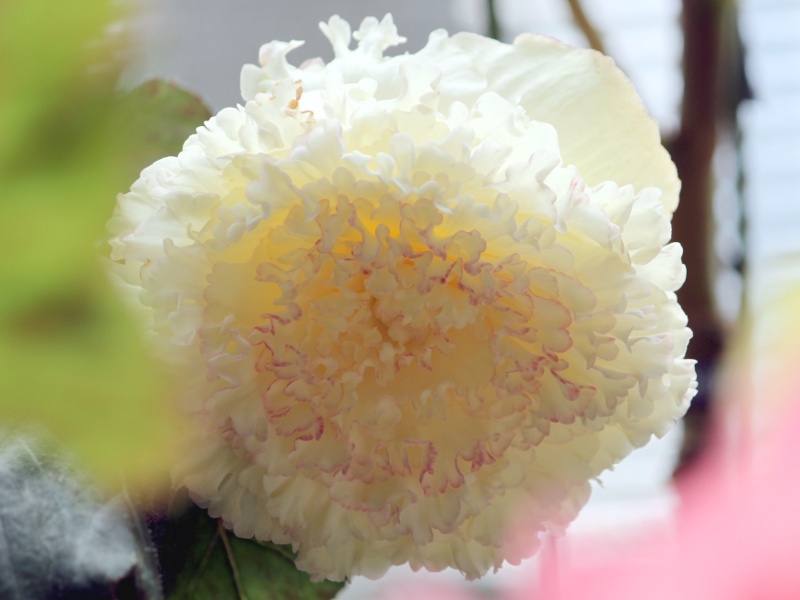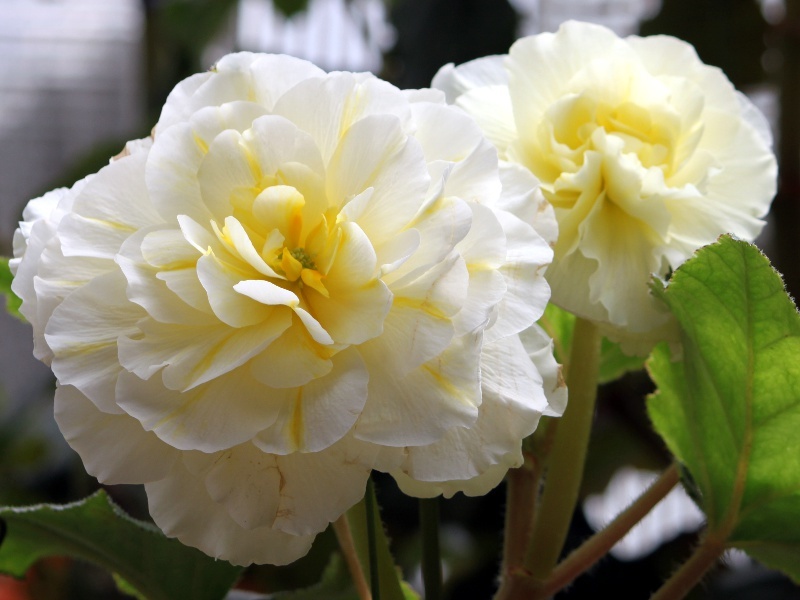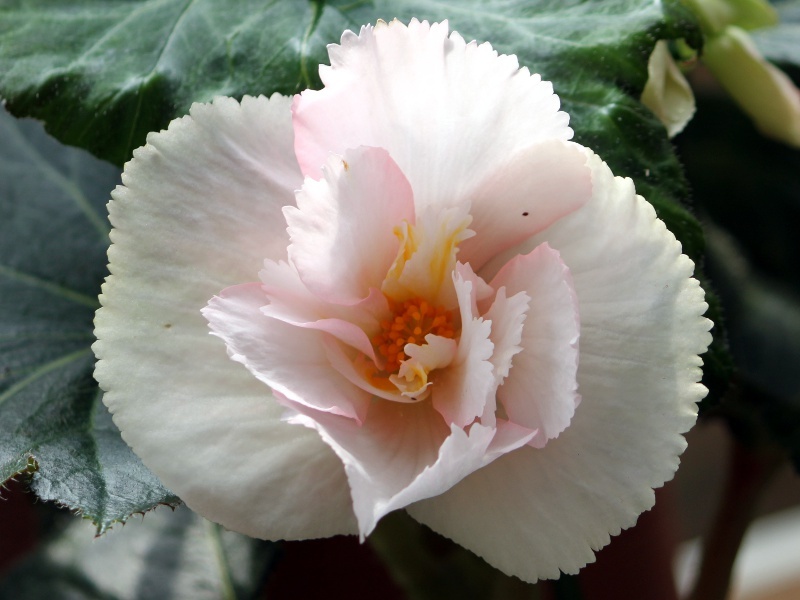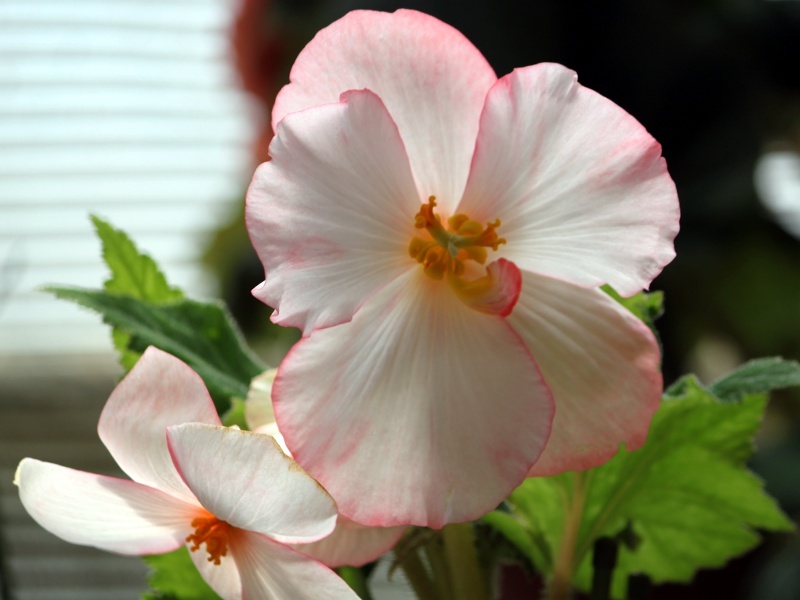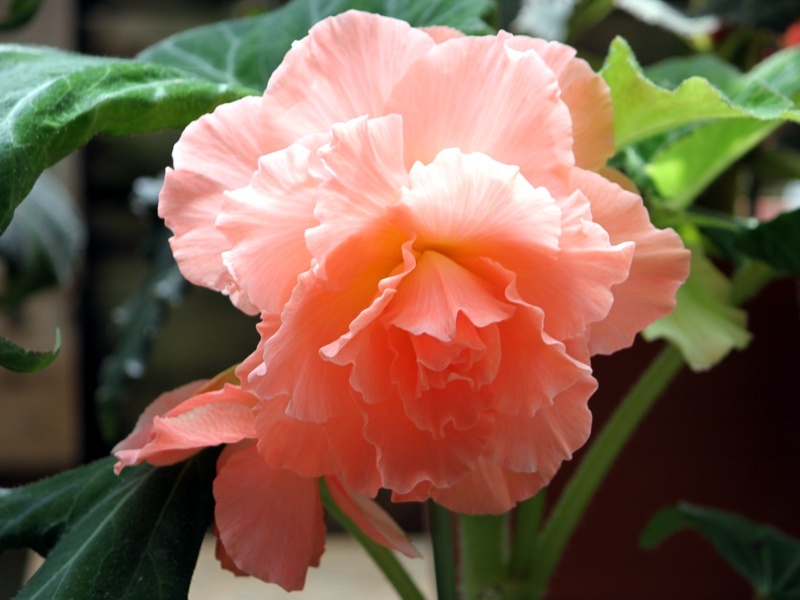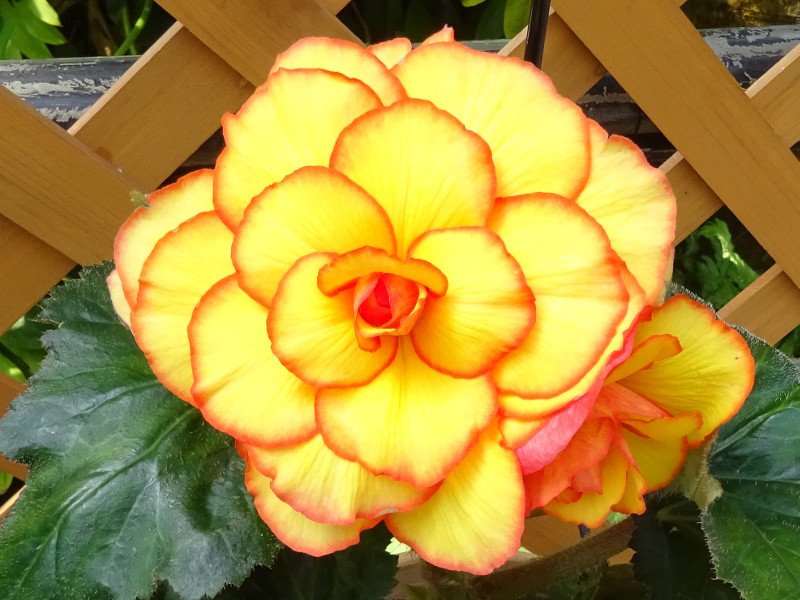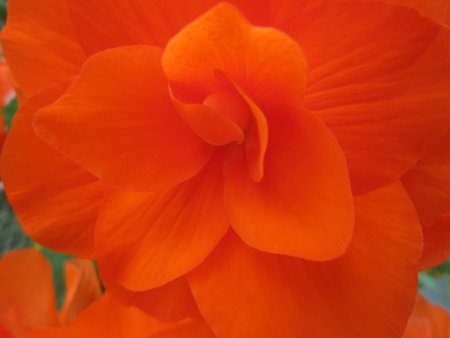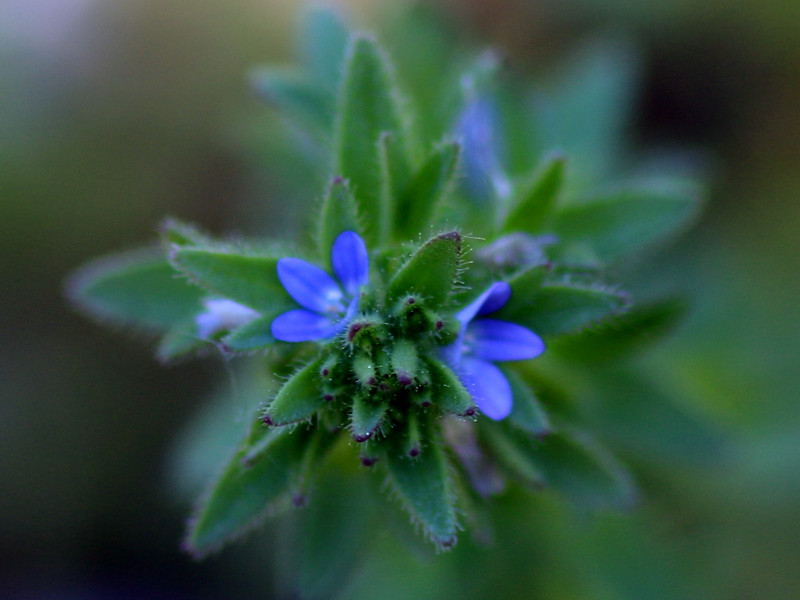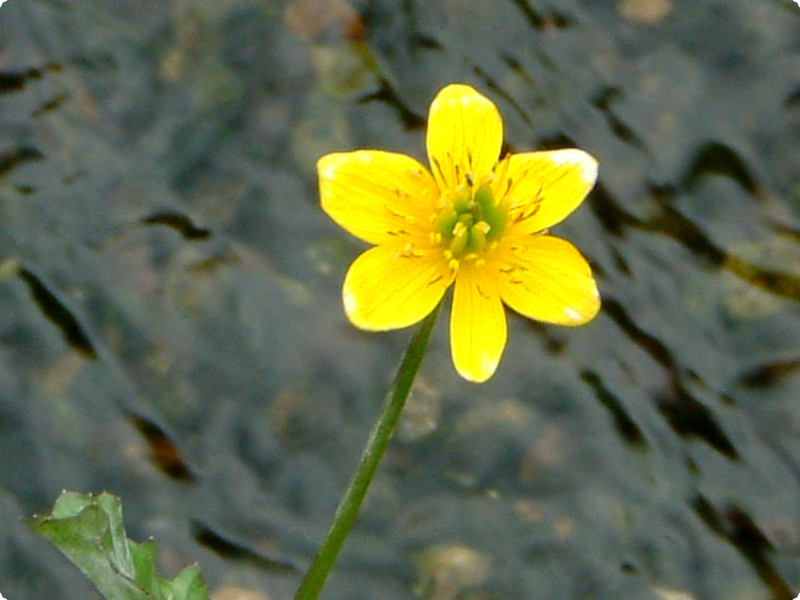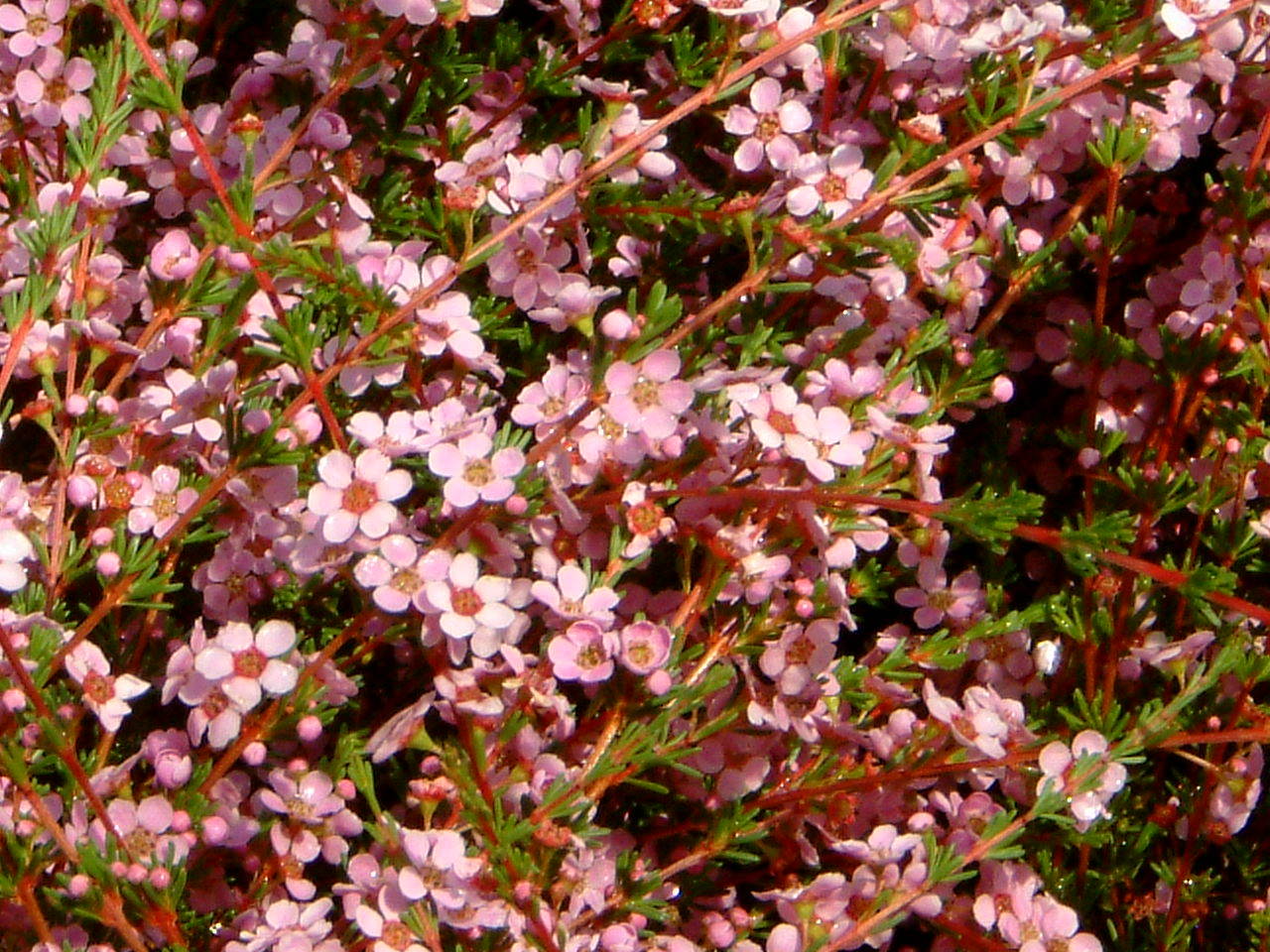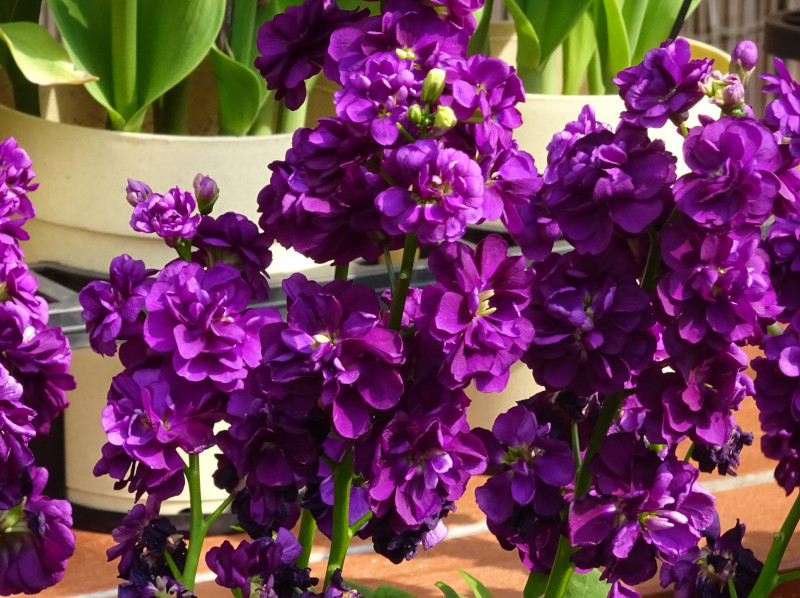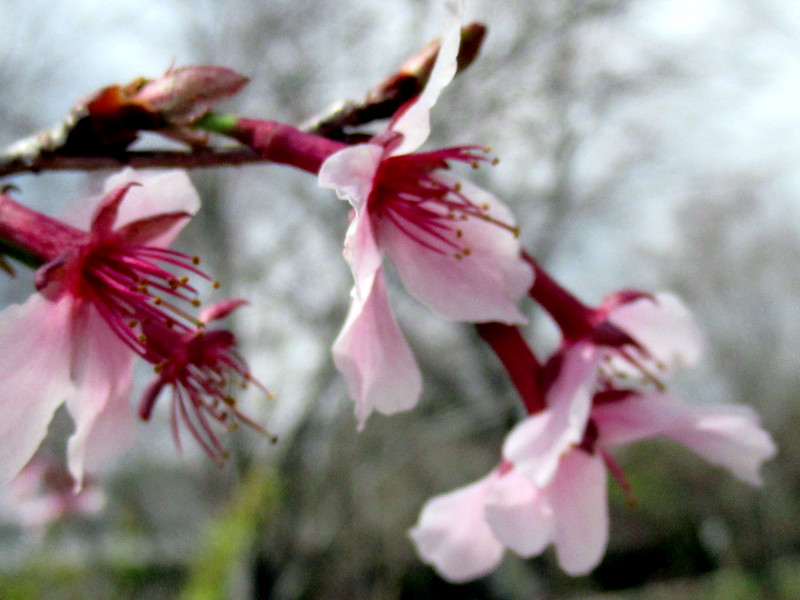Begonia tuberhybrida
- Flower nameBegonia tuberhybrida
- Scientific nameBegonia × tuberhybrida
- AliasTuberous begonia
- Place of originGarden variety (South American Andes)
- Place of floweringGreenhouse, Horticultural species, Potted flower
- Flowering seasonApril, May, June, July, August
What is Begonia tuberhybrida
Tuberous begonia or Bulbs Begonia , scientific name; Begonia x tuberhybrida , is a non-hardy perennials of the department Begoniaceae , of Begonia genus. It is garden variety was bred and crossed the South Andes of the bulb Begonia. Since it grows from 18 degrees to 25 degrees, in April to August is the optimum temperature for Japan. Stems are stretched from the bulbs, new leaves are made at the growing point, flower buds are attached to the leaf axes and bloom. After the flowers the upper part withers, the suction enlarges and starts dormancy. There is a male flower and a female flower in one flower, a large male flower blooms in the center of one flower stalk, and a female flower with excessive ovary bloom on both sides. Bulbs Begonia has a Stad type and a Hanging type. In the stand type, a large flower blooms at the tip of a thick stem. In the hanging type, thin branches are prone and small flowers are blooming. Flower types include a camelliflora (flower shape is similar to camellia), Rosiflora (flower shape is rose), Single(4 flat tepals), Narcissflora(flower shape is similar to daffodil), Frilled (petal is wavy), Fimbriata Plena (similar to carnation) , Picotee (thin covering ring on the petal edge), Marginata (flower color becomes thin from the petal borders towards the center). In the same genus, there is Senpa Florence (Scientific name: Begonia Semperflorens) and Ellatiohl Begonia(= Rigas Begonia). Compared with them, this species is rich in flower color, colorful, luxurious large flowers bloom.
Common name: Tuberous begonia, scientific name:Begonia× tuberhybrida, aka:Bulbs Begonia, Tuberous begonia, the Origin: garden variety (South American Andes), living type: Half Hardy bulb plants, height: 20 to 60 cm, stem form: of standing (standing type), a weeping type, leaf: kidney-shaped, flowering: April-October, flower size: 5-15 cm, flower colors: red, Orange, yellow, white and peach and rims, to picotee / double, Carnations bloom, use: potted plants and hanging baskets.
